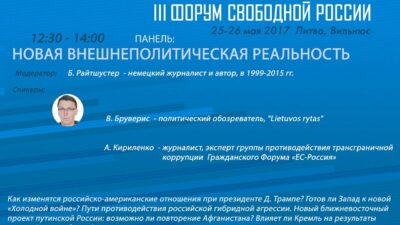While the EU is discussing what to do with the proceeds from frozen Russian assets (transfer them to Ukraine or keep a few billion in case of courts with Russia), it has become clearer how much income of foreign investors is blocked in Russia.
The annual report of the Deposit Insurance Agency (DIA) gives an idea of this. Starting from 2023, banks have transferred special accounts of type C, where the money of non-residents from “unfriendly” countries is blocked. Their income from Russian investments – coupons on bonds and funds from their redemption, dividends on shares and proceeds from their sale – are credited to these accounts. This money can be used to buy OFZs, pay taxes, etc., but it cannot be converted into currency and withdrawn from Russia without authorization.
Last year, the money in DIA accounts net of the deposit insurance fund grew from 19.7 billion to 1.184 trillion rubles, according to the report. The agency did not respond to the request, and analysts interviewed by The Moscow Times see the only reason for such a jump in C-accounts. So far, no other versions can be seen, says Evgenii Suvorov of Centrocredit Bank.
Officials previously avoided directly estimating the amount of blocked assets on C-accounts. Funds there are “gradually accumulating”, but the Central Bank does not disclose information about the balances, said Central Bank Chairman Elvira Nabiullina. Only once, in November 2022, The Central Bank reported that more than 280 billion rubles were blocked on C-accounts. And Deputy Finance Minister Alexei Moiseev said that Russia had blocked about as many assets as it had.
Russia has about $300 bln of reserves frozen in the West, as well as assets of non-state investors (many of them bought foreign securities or simply those with European depositories in their custody structure). The Central Bank estimated these assets at 5.7 trillion rubles (as of the end of November 2022), of which 20% belong to ordinary private investors.
Securities of “unfriendly” non-residents in Russia are also blocked. “With regard to securities that are restricted in C-type accounts, there are no significant changes now in terms of volume and structure”, Nabiullina said in February. Russian authorities are proposing a partial exchange of frozen assets; Vladimir Putin issued a decree allowing non-residents to direct small amounts (up to 100,000 rubles) from C-accounts to buy back Russian investors’ securities frozen in the West. If successful, the authorities expect to expand the exchange, but European regulators did not support the idea.
Olga Shishlyannikova, director of the Central Bank’s Department of Investment Financial Intermediaries, admitted that the money in C-type accounts will not be enough to redeem all frozen assets, but the amount is constantly growing, and the value of foreign investors’ securities frozen in Russia is much higher than the income from them.




